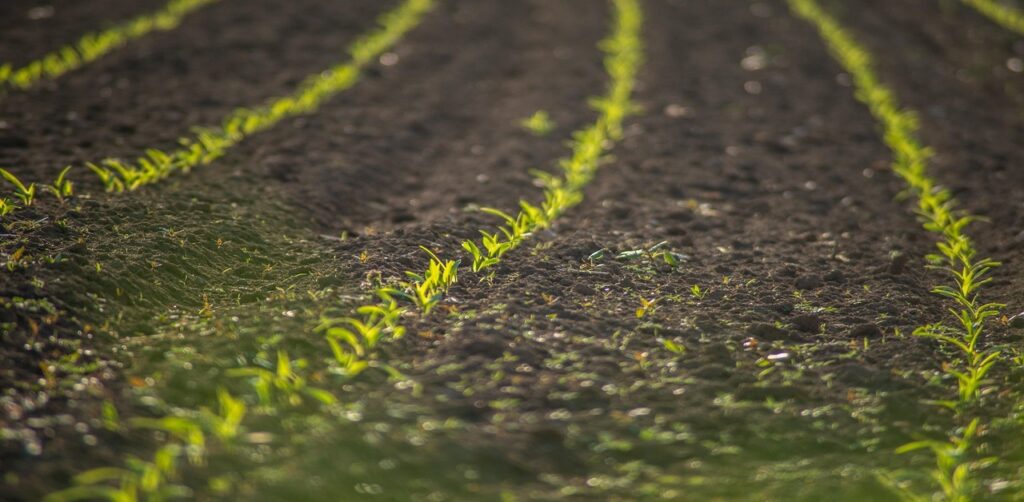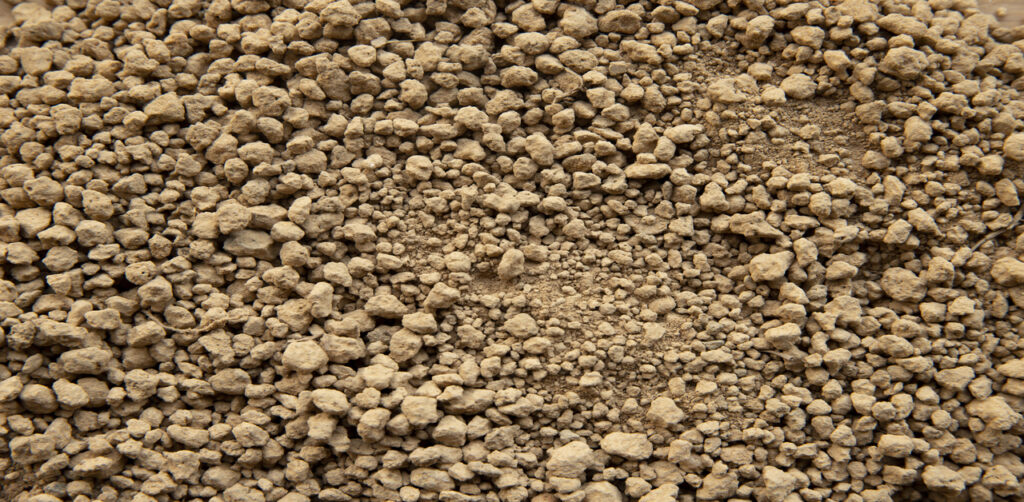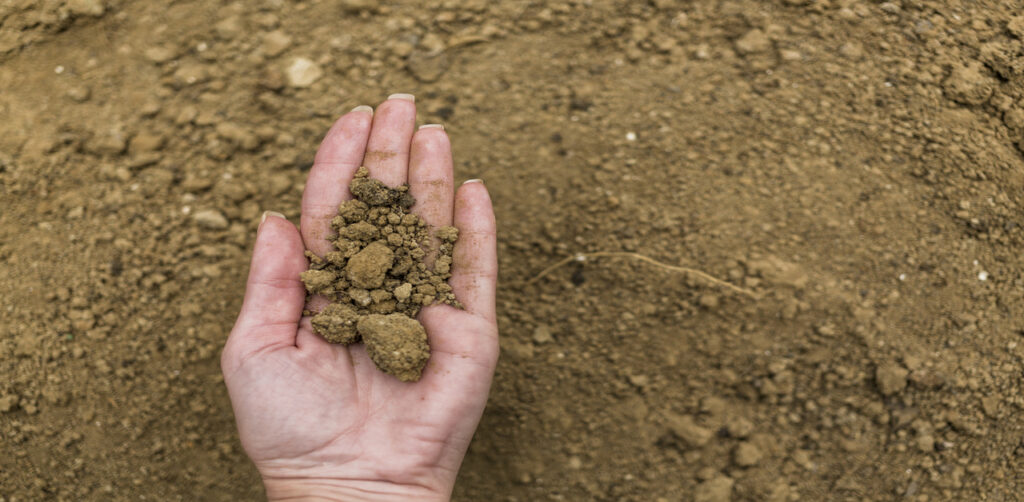One of the most essential natural resources that maintains agriculture and life is soil. The alluvial soil takes a very important position among the various types of soil recorded in the world since it is very fertile and very wide in river basins.
It is especially crucial in countries such as India, Bangladesh, China, and Egypt, where thousands of people have to rely on agriculture to make their living.
The meaning of alluvial soil, its formation, properties, classification, distribution, and importance will be discussed in this article.
Table of Contents
What is the Alluvial Soil?
Alluvial soil is one of the soils that forms as a result of deposition processes that rivers and streams bring.
These deposits include silt, sand, clay, and gravel, which over time take the form of river valleys, floodplains, deltas, and coastal plains.
It usually occurs in places that are frequently flooded or ones affected by river action.
The term alluvial is a derivation of alluvius, a Latin term that means to wash against, thus indicating how soil is formed by water.
It is also called riverine soil because it is formed by the deposition of sediments carried by rivers and streams.

Process of Alluvial Soil Formation
The formation process that forms Alluvial soil is erosion, transportation, and deposition, which are natural processes:
Erosion: The mountain top rocks erode and are broken into smaller bits through the effects of air, water, and temperature changes.
Transportation: The rivers and streams transport these particles from the mountains to the plains.
Deposition: The river slows in the plains and therefore has no capacity to transport the sediments. These particles are deposited and accumulated over several thousand years, creating layers of alluvial fertile soil.
This is an ongoing process, and in areas where flooding is a yearly occurrence, new deposits of silt are formed regularly, which has the effect of enriching the soil.
If you want to read an article about alluvial Soil in detail, then you can check here.
Characteristics of Alluvial Soil
It possesses several peculiarities making it of great value to agriculture:
Texture: It varies between sandy loam and clayey loam depending on the type of sediment. It usually has a combination of sand, silt, and clay.
Fertility: It is highly fertile because it contains such essential nutrients as potash, phosphoric acid, lime, and organic matter. It can, however, lack nitrogen and phosphorus that can be supplied through fertilizers.
Moisture Retention: It can retain moisture very well, and this is suitable for most crops because of the fine particles.
Color: It is normally light grey to ash grey, but its color may change according to the humus and the mineral content.
Structure: It is porous and loose in nature, and it is easily tilled and well aerated.
Horizons: Soil has clear horizons, and in the older alluvial areas, there can be the presence of a hardpan (kankar layer) of calcium carbonate.
If you want to decorate your house beautifully, you can visit here.

Types of Alluvial Soil
There are two broad classes of alluvial soil:
1. New Alluvium(Khadar)
They live in river banks and flood plains in lowlands.
Floods recreate it on an annual basis.
This has finer particles such as silt and clay.
Highly fertile and suitable for planting such crops as sugarcane, wheat, and rice.
Occurring in the low portions of river valleys.
2. Old Alluvium(Bhangar)
Occurs in higher grounds and in older floodplains.
It is made up of coarser materials, and even pebbles and gravel.
Layers underneath are covered with a hard layer of kankar (calcareous concretions).
Khadar is less fertile than it is agricultural.
Geographical Distribution
It is common in most regions of the world, especially in areas that are characterized by river basins.
In India, for example, it occupies over 40% of the total land area, and it is regarded as the most significant agricultural soil.
Alluvial Soil in India
In India, important alluvial areas are:
The Indo-Gangetic Plains (including such states as):
Punjab
Haryana
Uttar Pradesh
Bihar
West Bengal
Assam- the Brahmaputra Valley
The Odisha, Andhra Pradesh, and Tamil Nadu coastal plains
River deltas: Deltas of rivers, e.g. Sundarbans Delta in West Bengal and the Krishna-Godavari Delta
Alluvial Soil in the World
Egyptian Nile River Valley
Mississippi River Basin in the USA
The China Yangtze and Yellow River Basins
In South America, the Amazon River Basin

Importance and Uses of Alluvial Soil
1. Agricultural Significance
The alluvial soil is highly significant to farming since it is fertile, and it is able to change. It helps in the production of various crops, like:
Wheat
Rice
Sugarcane
Pulses
Cotton
Jute
Vegetables and Fruits
Due to its fertility and the ease of cropping, alluvial soil is usually heavily populated and high in terms for agriculture.
2. Water Retention and Recharge of Groundwater
Alluvial soils are porous, and water can be absorbed vertically, thereby contributing to groundwater recharge. This renders it a significant soil in the regions that depend on well irrigation.
3. Industrial Use
The alluvial deposits in some regions comprise useful minerals, sand, as well as clay that can be used in various industries such as:
Bricks making
Pottery
Cement
4. Floodplain Ecosystems
Alluvial plains tend to carry many different ecosystems and serve as natural flood barriers. They are useful in flood management since they disperse the overflowing water to cover a large area.
Challenges with Alluvial Soil
Alluvial plains tend to carry many different ecosystems and serve as natural flood barriers. They are useful in flood management since they disperse the overflowing water to cover a large area.
Though it has its own benefits, there are some disadvantages to alluvial soil as well:
Flooding: Often, floods occur in regions with alluvial soil, particularly during the monsoon seasons.
Soil Erosion: Wind and water can easily wash away the fine particles in case they are not conserved properly through soil conservation techniques.
Nutrient Deficiency: Most of the alluvial soils contain a lot of potash but are deficient in nitrogen and phosphorus, which must be added using fertilizers.
Waterlogging: In poorly drained areas, water retention capacity is also very high, which might result in waterlogging, which is dangerous to crop growth.

Conservation and Sustainable Uses
The following are some of the practices that should be taken to make sure that alluvial soil is productive in the long term:
To keep soil healthy, rotate the crops.
Replacement of nutrients by the use of organic manure and balanced fertilizers.
Bunding and contour plowing a methods of decreasing erosion.
Wind erosion protection by use of cover crops and afforestation.
Construction of drainage across farming to avoid waterlogging.
Conclusion
It is like a gift of rivers. It is very fertile, found in large quantities, and is adaptable; hence, it is among the most agriculturally valuable soils of the globe.
Alluvial Soil sustains food security and rural livelihoods, especially in the economies of developing countries, where agriculture is central to the economy.
Through the increasing population, climatic changes, and soil erosion, however, there is a need to control and preserve this valuable asset by implementing sustainable methods.

